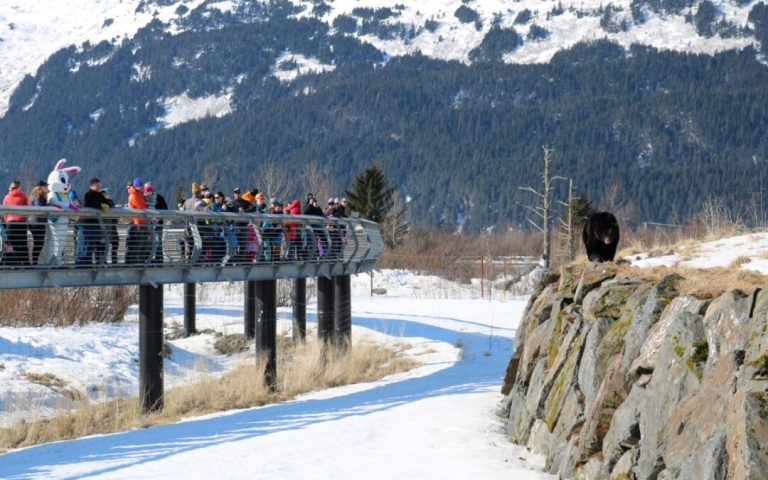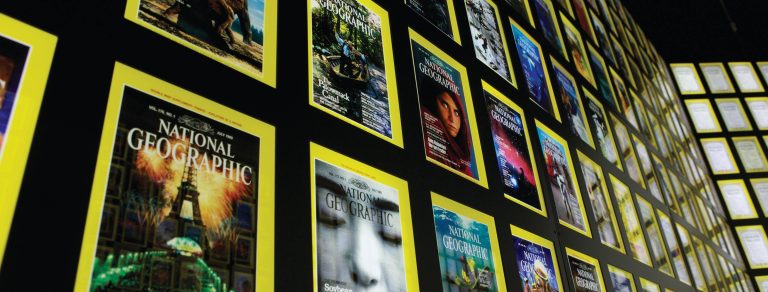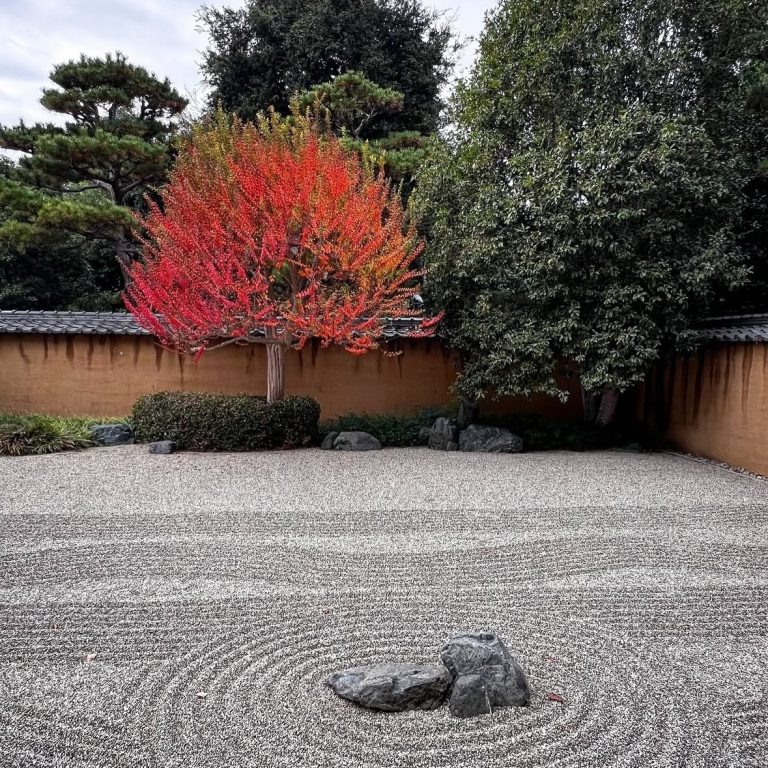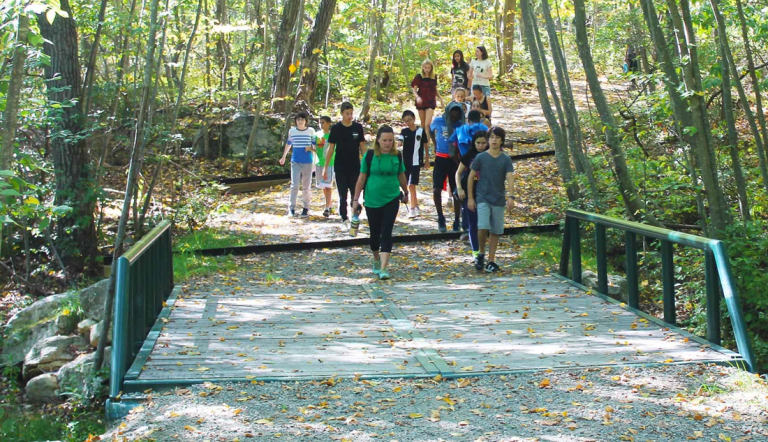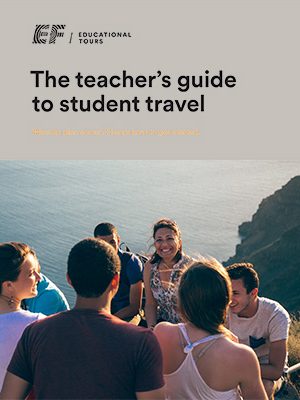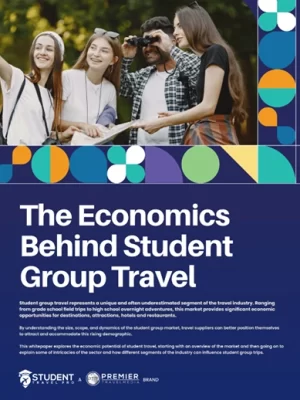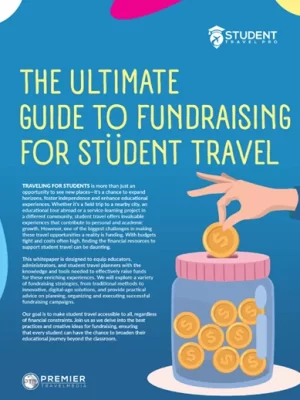Few cities in America seem to have embraced STEM quite to the level the City of Miami has. Its museums are state-of-the-art and provide numerous outreach programs to local and non-local schools, its gardens welcome students and volunteers alike to participate in their laboratories, and even their baseball team encourages kids to get curious about science. STEM is everywhere in Miami.
Museums & Zoos
In a state with 15 different zoos and aquariums, Zoo Miami still manages to stand out as a must-see destination for any STEM adventure. The only subtropical zoo in the nation, Zoo Miami has the unique position to allow students to see and experience animals from Asia, Australia, Africa and the Americas with over 5,000 animals across 500 species (40 of which are endangered). With exhibits like “Florida: Mission Everglades,” students can see Florida panthers, American alligators and other native species while learning about the importance of conservatism. A wide variety of staff lead activities like “Animals Live” provide lessons in ecology, biology, and meteorology.

Zoo Miami, Credit Miami & the Beaches
Enter a world dedicated to teaching kids about the physics of light, lasers, the sub-tropical ocean and the stars up above; enter the Philip and Patricia Frost Museum of Science. Learn through exhibits like “Feathers to Stars,” “Design Lab: Engineering” and “Strange Matter” that allow students to learn about dinosaurs, bridge building and material science. Visits to the museum offer students a chance to explore the facilities like the Frost Planetarium (where a variety of shows explore space in 8k projected resolution) or the Frost Aquarium (containing three levels of fish from the depths of the ocean to just below the surface). The Frost Museum of Science’s Knight Learning Center gives students hands-on lessons with staff like “Wind Tunnels” (teaching the science of aerodynamics), “Fingerprints of Life” (giving the students a chance to step into the shoes of an astrophysicist and examine light) and more.
The Museum of Discovery and Science: what better place is there to visit for a STEM adventure! The museum has everything from a state-of-the-art IMAX experience, an outdoor “Science Park” and over 20 exhibits that showcase science, technology and more. Fields trips can choose a number of IMAX movies that emphasize the importance of conservation and the beauty of nature with shows like “Great Barrier Reef” and “Great Bear Rainforest.” Science Park takes the lessons from the museum and gives visitors an outdoor space to apply and explore them to the physical world with numerous interactive exhibits as well as a chance to experience the beautiful Florida weather. Exhibits include Everglade Airboat Adventure (an IMAX experience showcasing the national park from the comfort of the museum), Prehistoric Florida (a showcase of the flora and fauna, including the giant megalodon, which once roamed the Florida area, and the Keller Science Theater (with daily live animal shows and science showcases led by museum staff).

Museum of Discovery and Science, Credit Miami & the Beaches
Universities & Academia
Visit the University of Miami and see what life is like attending one of the countries leading research universities is like. Give students a chance to tour the universities 13 different colleges and see what a future in STEM might offer them. At the University of Miami, students can shadow students and meet with faculty in the School of Architecture, visit the College of Engineerings 3-D printing collaboration lab and tour the School of Nursing and Health Sciences Simulation Lab, speaking directly with personnel along the way. The staff is willing and able to answer questions about the college experience, and a tour of any college ends with an informational meeting highlighting what research or opportunities the college can give to prospective students.
After visiting the University of Miami, check out it’s Summer Scholars program to give your students a real leg-up in their education. Summer Scholars is a 3-week program for 6 college credit hours where students can live at the University of Miami in a dorm and take a course in a field that interests them taught by University staff. Courses are offered in nearly every college including the School of Architecture (Explorations in Architecture and Design), College of Engineering (Biomedical Engineering with Computer and Electrical Engineering) and School of Marine and Atmospheric Sciences (Tropical Marine Biology). There are also 2-week courses with the Shark Research Academy and School of Business for no credit.

Credit University of Miami
Industry & Technology
One might not immediately think about STEM when thinking about the Miami Marlins and Marlins Park, but with their annual STEAM Day, that’s exactly what should come to mind. Every year, the stadium invites students down to the stadium for a day full of experiments and demonstrations hosted by the areas scientists, companies, and scientific institutes (like Florida International University, Ifly, Museum of Discovery and Science and even the local news weather team). The day is full of hype and encouragement by showing off the potential and interesting aspects of STEAM (Science, Technology, Engineering, Arts and Mathematics). At the end of the event, students can watch the Miami Marlins play baseball as an added bonus.

Marlins Park, Credit Miami & the Beaches
Nature/Outdoor Activities
Nowhere in the U.S will you get quite the STEM opportunities like those offered at Fairchild Tropical Botanic Garden. With a total of 83-acres of land, the Gardens serve as a museum, laboratory, learning center and conservation research center. Budding scientists can explore the variety of gardens and regions like the “Spiny Forest of Madagascar” (showcasing the plants found in Madagascar’s desert spiny ranges currently in danger of being destroyed) and the “Wings of Tropics,” where over 40 species of from regions like Central and South America live alongside tropical plants and orchids. Alongside the Wings of Tropics are the Hsiao Labs, working laboratories open to the public that regularly hosts high school and community groups to take part in research in their Imaging Laboratory uUsing high-powered microscopes and digital photography for botanical and entomological study) and Baddour DNA lab (plant genetics studies). The Fairchild Tropical Botanic Gardens is just this summer opening their new “Growing Beyond Earth” Makerspace, where they have teamed up with NASA to create a space dedicated to NASA’s food productions challenges andwhere students can contribute and test their ideas in the first project to leverage community input in the development of plant-growing hardware.

Fairchild Tropical Botanic Garden, Credit Miami & the Beaches
Take advantage of Miami proximity to the ocean and take your future marine biologist to the Marine Resources Development Foundation. Serving 4,000 students a year, the foundation uses the unique aquatic communities found off the coast of Miami like coral reefs, seagrass and mangroves to teach on topics like Sea Turtles, Zooplankton, and Marine Debris. Fields trips can range anywhere from 1 day to 5 days and 4 nights, and all field trips give students time to snorkel among the many tropical fish and locations the coast has to offer.




